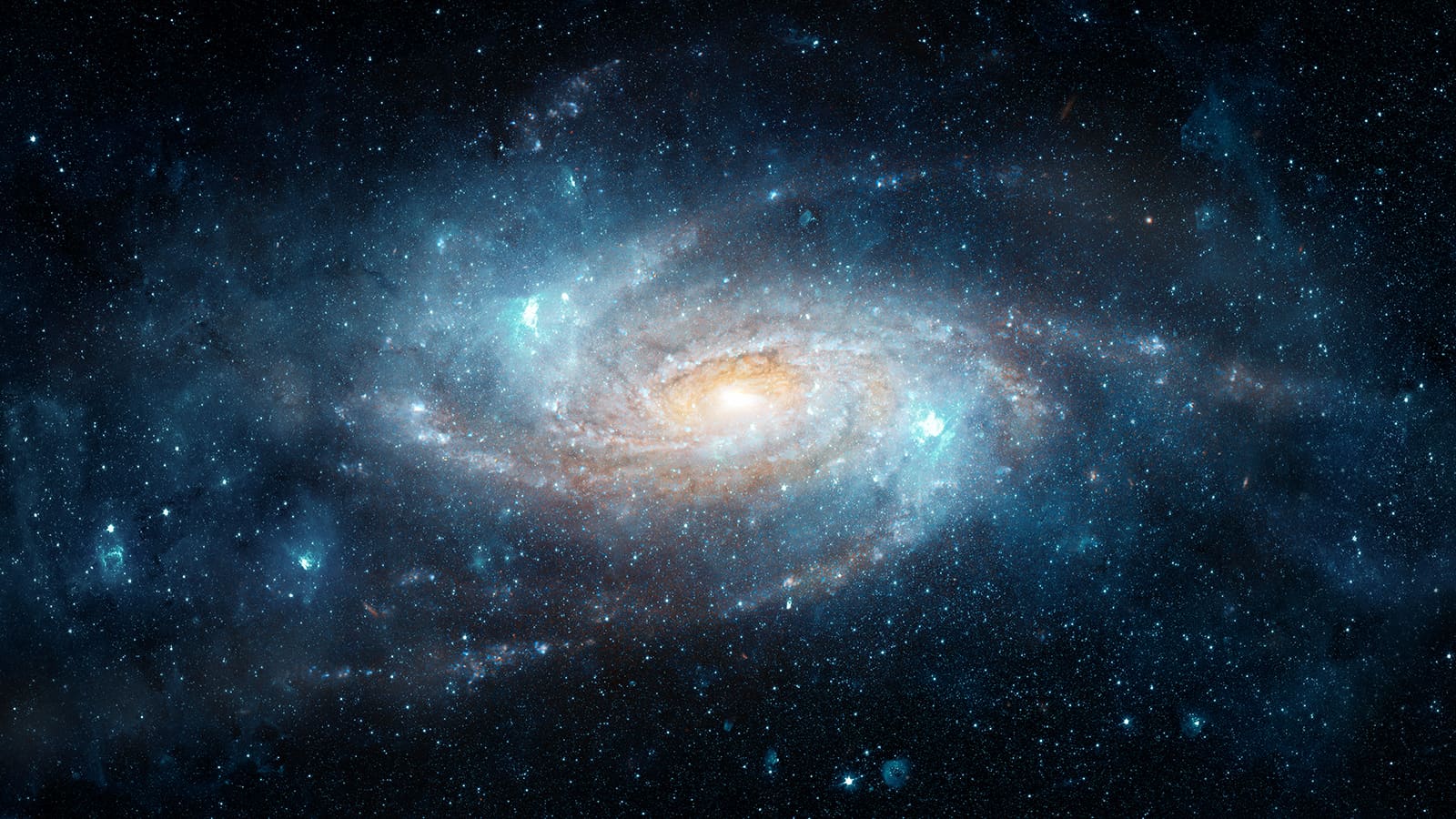Recent research by OSU astronomers reveals new estimates of when the Milky Way formed. The findings also provide a cosmological timescale of when our galaxy merged with other, smaller galaxies. Using new astronomy techniques, the researchers identified the most accurate ages of nearly 100 red giant stars in the Milky Way.
This, along with other data, revealed evidence of what happened when the Milky Way merged with an orbiting satellite galaxy. The galaxy, known as Gaia-Enceladus, went through a violent merger with our galaxy about 10 billion years ago. The journal Nature Astronomy published the findings on May 17, 2021.
“Our evidence suggests that when the merger occurred, the Milky Way had already formed a large population of its own stars,” said Fiorenzo Vincenzo, co-author of the study and a fellow in The Ohio State University’s Center for Cosmology and Astroparticle Physics.
Most of the stars in the Milky Way appeared in the thick disk in the middle of the galaxy. On the other hand, most stars formed in the outer halo of the Gaia-Enceladus galaxy.
Josefina Montalban, with the School of Physics and Astronomy at the University of Birmingham in the U.K. and the lead author of the study, says this:
“The merging event with Gaia-Enceladus is thought to be one of the most important in the Milky Way’s history, shaping how we observe it today.”
 Calculating the age of the stars allowed the researchers to identify new information about both galaxies for the first time. They discovered that the stars captured from Gaia-Enceladus are very close in age to most stars born in the Milky Way.
Calculating the age of the stars allowed the researchers to identify new information about both galaxies for the first time. They discovered that the stars captured from Gaia-Enceladus are very close in age to most stars born in the Milky Way.
Vincenzo says that significant changes happen anytime a violent merger occurs between two galaxies. Their data showed that when the two galaxies collided, the orbits of the already-existing stars changed, making them more chaotic.
Methods used to find out how the Milky Way formed.
Vincenzo compared the stars’ erratic movements to a dance. He said the stars from the Gaia-Enceladus galaxy move differently than those within the Milky Way. Vincenzo described other differences between the stars in each galaxy. The stars from the former galaxy had different chemical compositions than those born within the Milky Way.
For the study, the team utilized various methods and data sources within astronomy. To identify the most precise ages of the stars, they used asteroseismology – the study of stellar oscillations. According to Mathieu Vrard, a postdoctoral research associate in Ohio State’s Department of Astronomy, these sound waves ripple through stars’ internal structure.
“That allows us to get very precise ages for the stars, which are important in determining the chronology of when events happened in the early Milky Way,” Vrard said.
The study also utilized data from a spectroscopic survey called APOGEE. This reveals the chemical composition of stars, which also aids in dating the stars.
“We have shown the great potential of asteroseismology, in combination with spectroscopy, to age-date individual stars,” Montalban said.
The research team says these findings mark the first step in uncovering more information about galaxies in the future.
“We now intend to apply this approach to larger samples of stars and to include even more subtle features of the frequency spectra,” Vincenzo said.
“This will eventually lead to a much sharper view of the Milky Way’s assembly history and evolution, creating a timeline of how our galaxy developed.”
This research is part of the collaborative Asterochronometry project funded by the European Research Council.
Interesting facts about the Milky Way galaxy that we call home
- It spans about 100,000 light-years across.
- It’s a barred spiral galaxy, like billions of other galaxies in this universe. About two-thirds of galaxies are spiral galaxies.
- The galaxy contains a bar across its center region. Hence, the name barred spiral. This central bulge is surrounded by four large spiral arms that wrap around it. The Milky Way sits on the outer edges of one arm within a disk of cosmic material, such as stars and asteroids.
- The Milky Way also contains two smaller spurs. One of these is the Orion Arm, where the sun and solar system are located. The Orion Arm sits between the two major arms, Perseus and Sagittarius.
- The Milky Way constantly rotates, so the sun and solar system move with it. The solar system travels at an average of 515,000 mph (828,000 km/h). This rate may sound lightning-fast, but it would still take around 250 million years for the solar system to travel around the galaxy.
- Astronomers named it the Milky Way because it appears as a milky band of light in the dark sky.
- Scientists estimate that our galaxy contains around 100 billion stars, though it’s difficult to know.
- It’s almost as old as the universe itself. Scientists estimate that our universe is around 13.7 billion years old; the Milky Way is approximately 13.6 billion. However, the disk and bulge didn’t form until about 10-12 billion years ago.
- The Milky Way comprises around 90% dark matter, which we cannot see. It’s made of 10% “luminous matter,” which we can see with the naked eye. A large amount of dark matter creates an invisible halo around the galaxy, which causes the stars to orbit much faster than if they didn’t exist.
- There’s an Earth-sized planet floating aimlessly within the Milky Way!
 Final thoughts about research showing proof of how the Milky Way formed
Final thoughts about research showing proof of how the Milky Way formed
Studying outer space is endlessly fascinating, and scientists are continually uncovering more about its mysteries. Recently, a team from Ohio State University discovered estimates of when and how the Milky Way formed. They believe it merged with a galaxy called Gaia-Enceladus about 10 billion years ago.
The researchers also used new astronomy techniques to identify the ages of nearly 100 red giant stars in the Milky Way. They found that the age of these stars is similar to those born in the former galaxy. In the future, they will take samples from larger groups of stars, which will help them better understand how the universe developed.


















